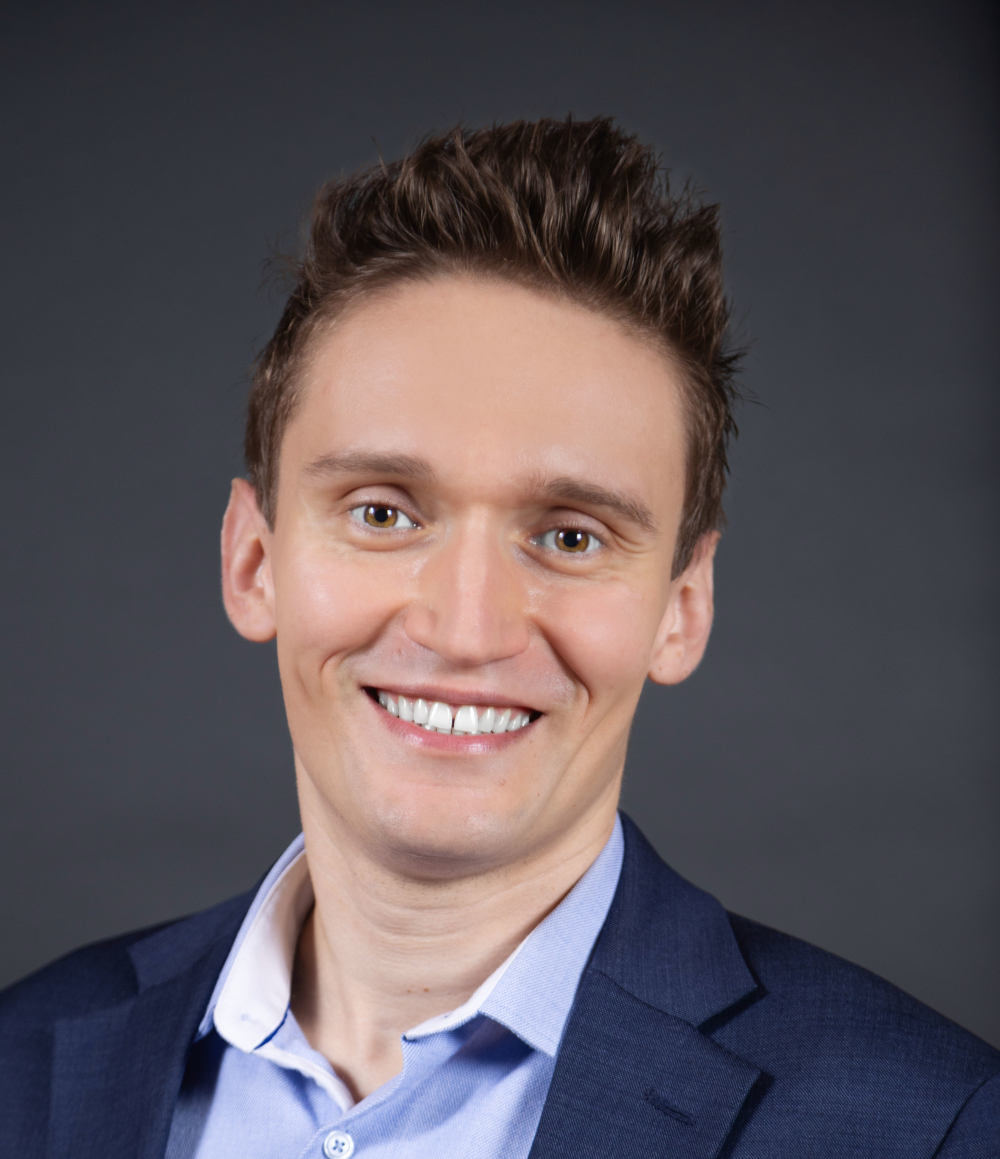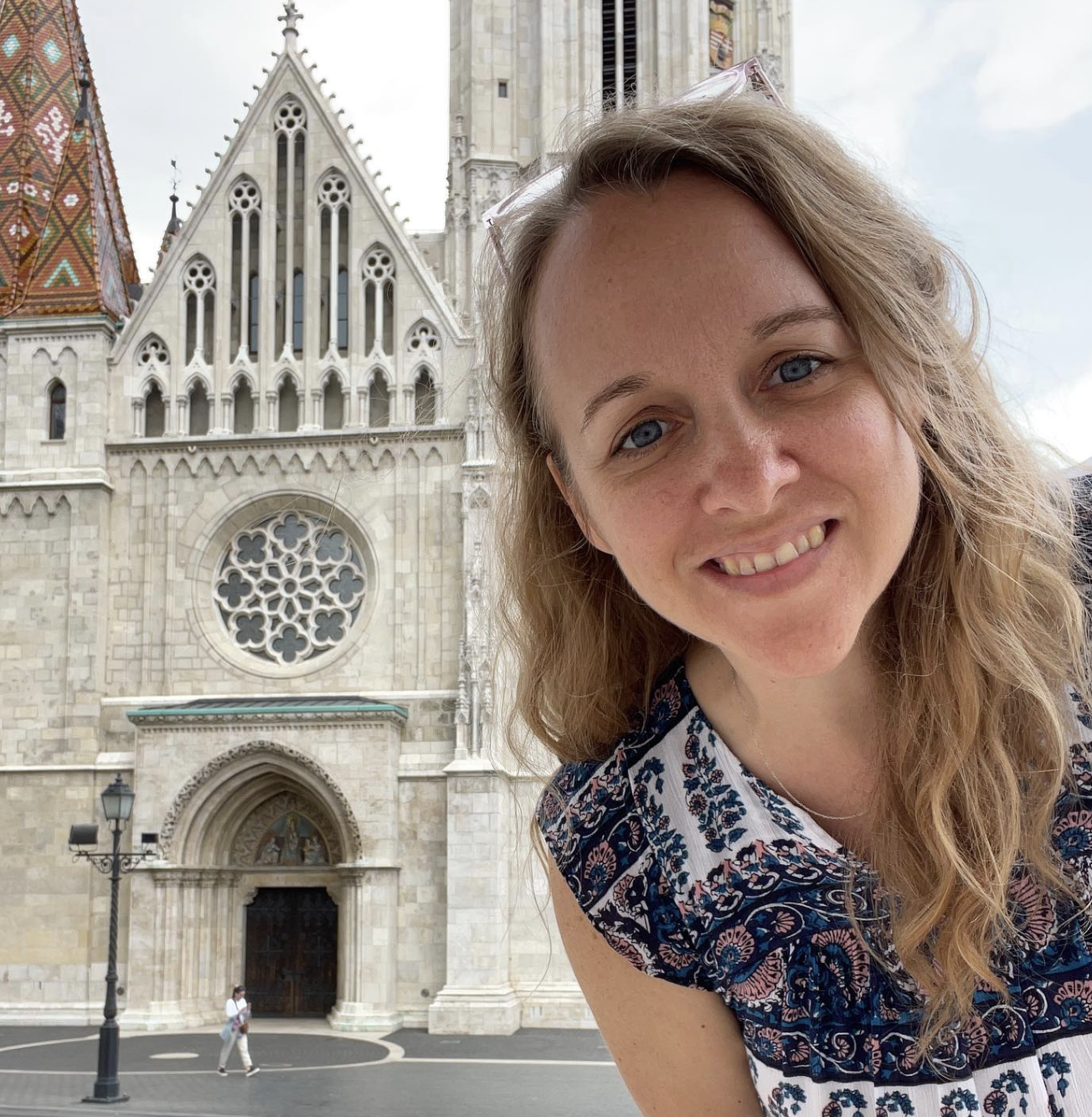The terms denote technology areas that are part of the CPS technology suite or that are impacted by CPS requirements.
The most compelling problem confronting detection of nuclear material in a large area is the level of manifest uncertainty. Furthermore, detection and localization problems involve nontrivial and nonlinear non-convex optimization often stuck at local minima. This project develops fundamentally new techniques by using cheap detectors for rough detection and localization, placing detectors to expunge local minima, achieving fast distributed localization with reduced communication overheads, simultaneously localizing multiple sources and optimally placing detectors and assisting in their autonomous self-organization.
There is a growing recognition of the inadequacy of current capabilities with respect to nuclear material detection and localization in public events and areas. This project develops an integrated cyber-physical system for public protection against nuclear and radiological threats. Clearly the project addresses a national security issue. If successful, the contribution and results of the project likely open a new framework for detection or monitoring in a large area using a wireless detector network. One of the key aspects of this project is the inter-disciplinary training of our graduate and undergraduate students including female and minority students in the areas of signal processing, statistical methods, modeling and performance analysis. K-12 students are also targeted through the First competition and Project-Lead-The-Way that connects the College of Engineering at the University of Iowa to almost all high school students in Iowa. It is expected that the project will generate enthusiasm and interests in science, mathematics and engineering for high school students.
Off
Soura Dasgupta
Raghuraman Mudumbai
Paul Raptis
Alexander Heiftetz
University of Iowa
Er-Wei Bai
-
National Science Foundation
Er-Wei Bai
Submitted by Er-Wei Bai on December 11th, 2012
An abstract describing one facet of our research.
 Submitted by Ivan Ruchkin on October 11th, 2012
Submitted by Ivan Ruchkin on October 11th, 2012
The FY 2012 updated NSF Cyber-Physical Systems program solicitation (NSF 13-502) is now posted.
 Submitted by Katie Dey on October 5th, 2012
Submitted by Katie Dey on October 5th, 2012
Project
CPS: Synergy: Collaborative Research: Cyborg Insect Networks for Exploration and Mapping (CINEMa)
Autonomous navigation in unknown and dynamic environments has been a major challenge for synthetic mobile robotic agents. On the other hand, insects can easily solve such complex navigational problems and demonstrate remarkably stable and optimized locomotion skills in almost any environment. This project aims to develop a mobile sensor network where insects are used as mobile biological-robotic (biobotic) nodes. Insects, in fact, build a "natural" sensor network through the use of their biological sensing organs and release of chemical, mechanical and optical cues to communicate the information to the rest of the group. In the scope of this project, a novel cyber-physical communication network will be established among the individual insect in addition to the aforementioned natural one. For this, insects will be equipped with synthetic electronic sensors to sense additional cues, neuromuscular stimulation systems to direct the control of the insect and microcontrollers with radios to establish an RF link between the insects. This novel network will enable operation of insect biobots in complicated and uncertain dynamic environments for applications such as environmental sensing and search-and-rescue operations after natural disasters.
The unique interdisciplinary nature of this project will help engineers to reach to younger generations and train them to be able to look at engineering problems from a cyberphysical systems point of view. Planned activities include development of lab modules and demos by undergraduate and graduate students to teach K-12 students and their teachers through our on-going collaborations with educational partners. These demos will also be instrumental during nation level efforts to promote graduate education to underrepresented minority students.
Off
Edgar Lobaton
Mihail Sichitiu
Tyson Hedrick
North Carolina State University
Alper Bozkurt
-
National Science Foundation
Alper Bozkurt
 Submitted by Alper Bozkurt on October 4th, 2012
Submitted by Alper Bozkurt on October 4th, 2012
Announcement
NSF 2013 CPS Solicitation
CRITICAL INFORMATION FOR SUBMITTING FY 2013 CPS PROPOSALS:
There are important changes that you will encounter as you submit your FY 2013 CPS proposal. It is very important that you pay careful attention to submit correctly, so as not to have yur proposal disqualified. We stronlgy advize that you submit your proposal early, so that if you do have problems, there will be time to recover.
 Submitted by 1 1 on August 14th, 2012
Submitted by 1 1 on August 14th, 2012
Event
5th Workshop on Compositional Theory and Technology for Real-Time Embedded Systems (CRTS 2012)
Call for papers: CRTS 2012
5th Workshop on Compositional Theory and Technology for
Real-Time Embedded Systems (CRTS 2012)
http://crts2012.ele.tue.nl/
Submitted by Anonymous on August 3rd, 2012
Embedded Systems Week is an exciting event which brings together conferences, tutorials, and workshops centered on various aspects of embedded systems research and development. Leading conferences in the area will take place at the same time and location, allowing attendees to benefit from a wide range of topics covered by these conferences and their associated tutorials and workshops.
 Submitted by Janos Sztipanovits on July 24th, 2012
Submitted by Janos Sztipanovits on July 24th, 2012
Event
Buildsys 2012: 4th ACM Workshop On Embedded Sensing Systems For Energy-Efficiency In Buildings
The world is increasingly experiencing a strong need for energy consumption reduction and for efficient use of scarce natural resources. Official studies report that buildings account for the largest portion of World’s energy expenditure and have the fastest growth rate.
Submitted by Mário Alves on May 9th, 2012
Event
ECBS 2012
IEEE International Conference and Workshops
on the Engineering of Computer Based Systems
ECBS 2012 will be the 19th formal IEEE sponsored meeting dedicated to formulating and advancing methods, techniques and tools for the engineering of computer-based systems.
 Submitted by Katie Dey on April 16th, 2012
Submitted by Katie Dey on April 16th, 2012
The 2012 IEEE International Conference on Systems, Man, and Cybernetics (IEEE SMC 2012) provides an international forum for researchers and practitioners to report the latest innovations, summarize the state-of-the-art, and exchange ideas and advances in all aspects of systems engineering, human-machine systems, and emerging cybernetics.
 Submitted by Anne Dyson on April 16th, 2012
Submitted by Anne Dyson on April 16th, 2012